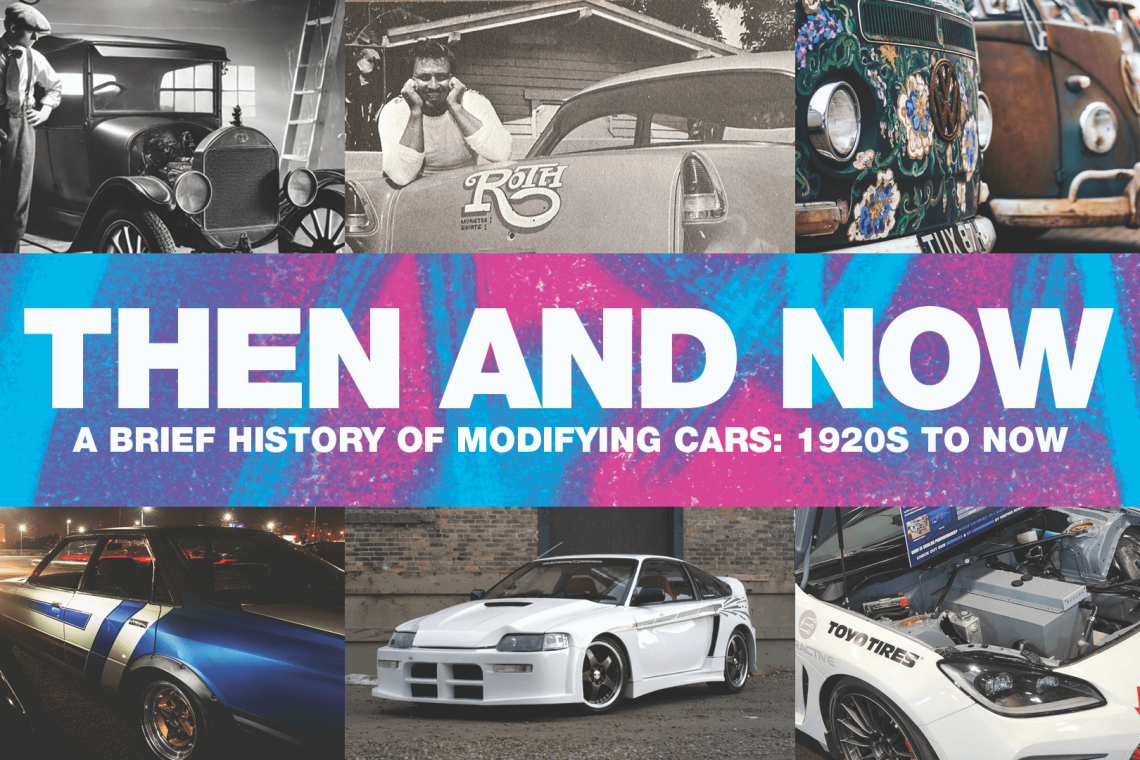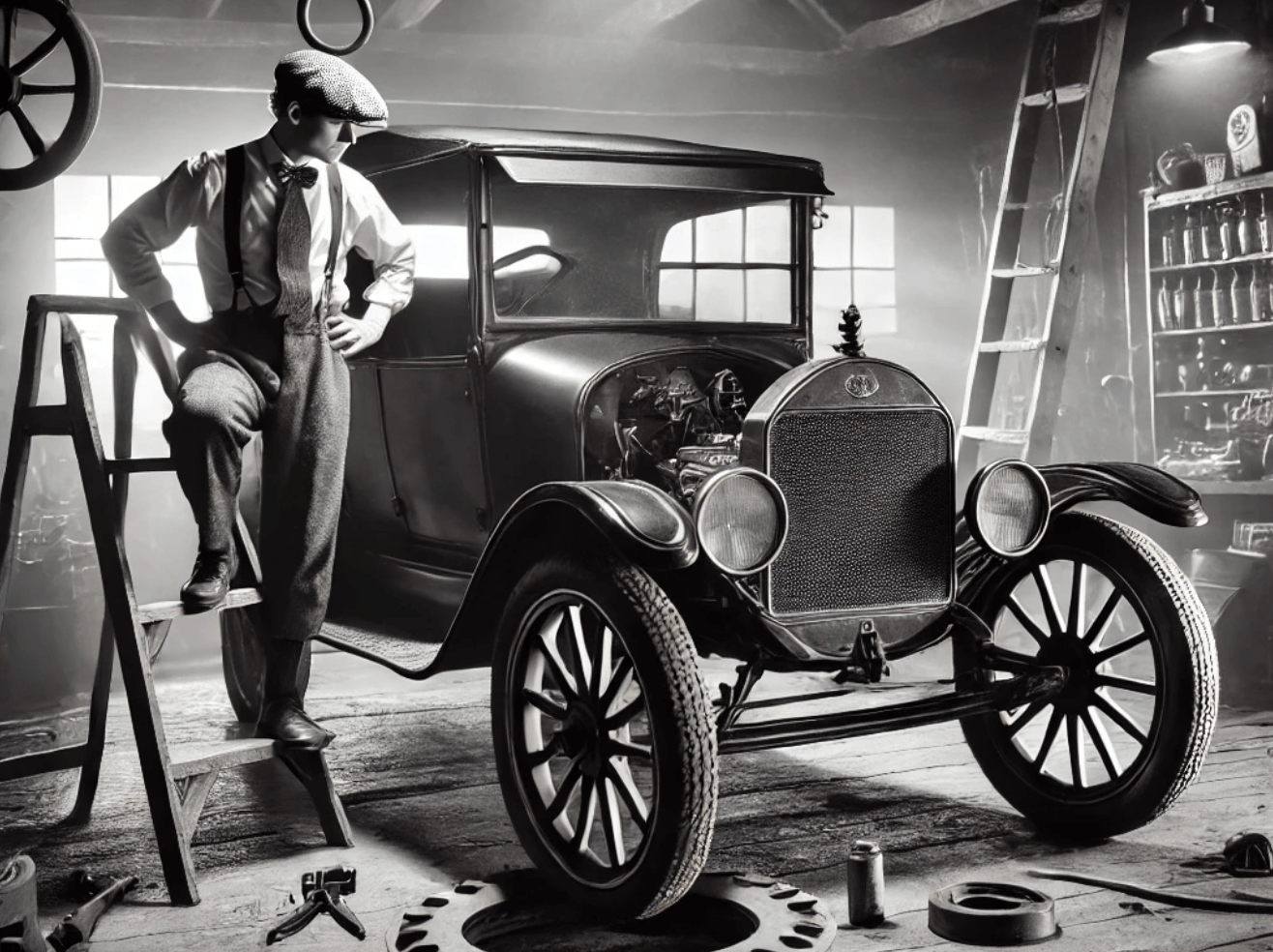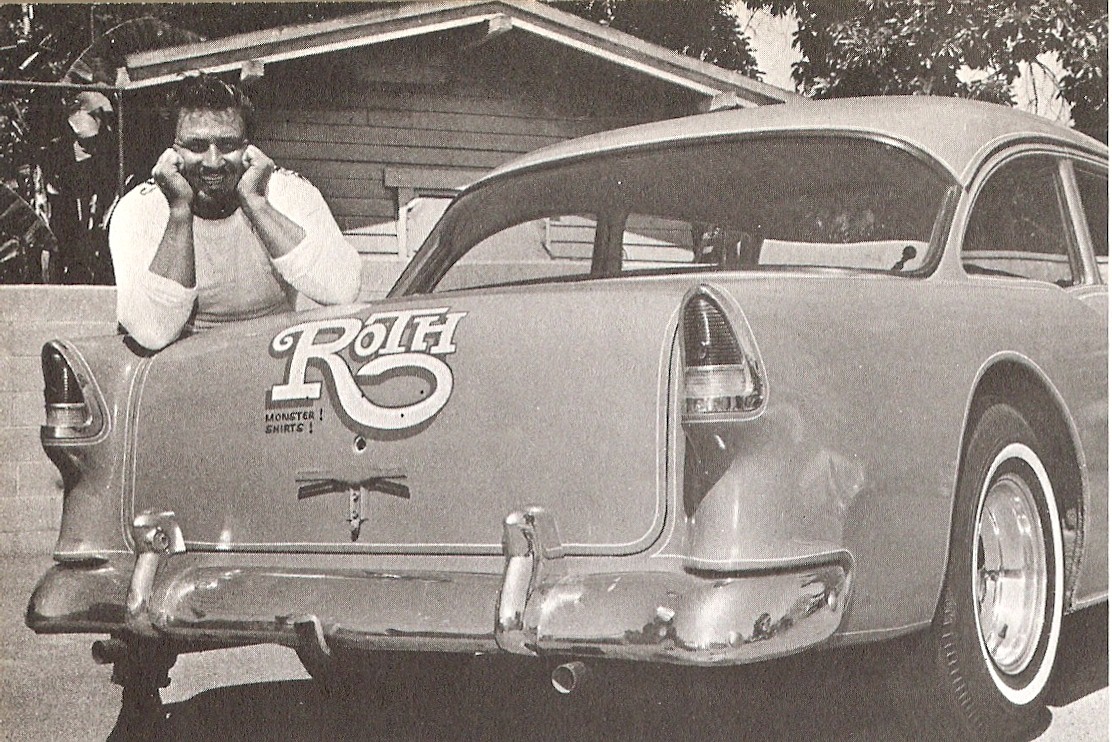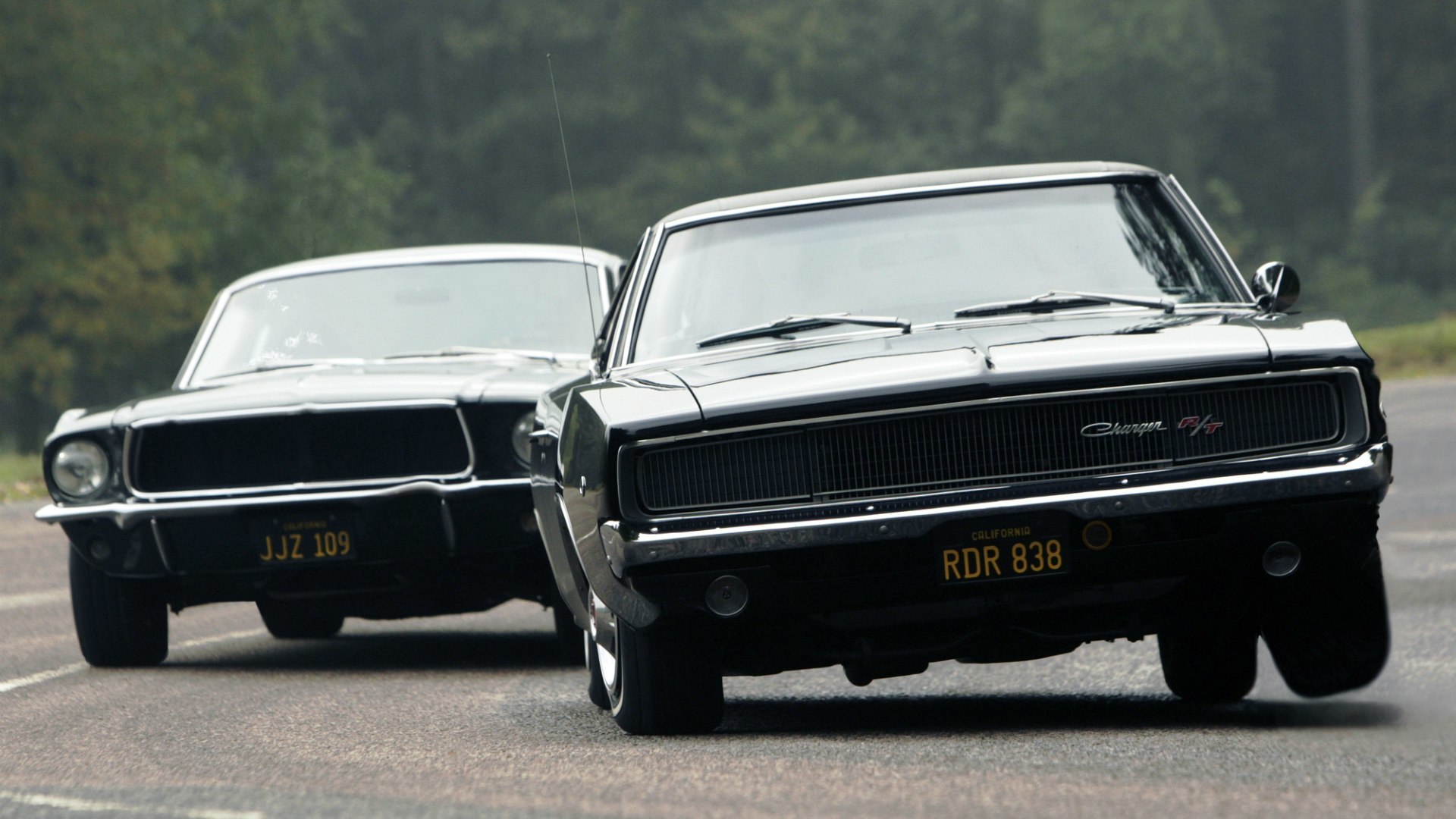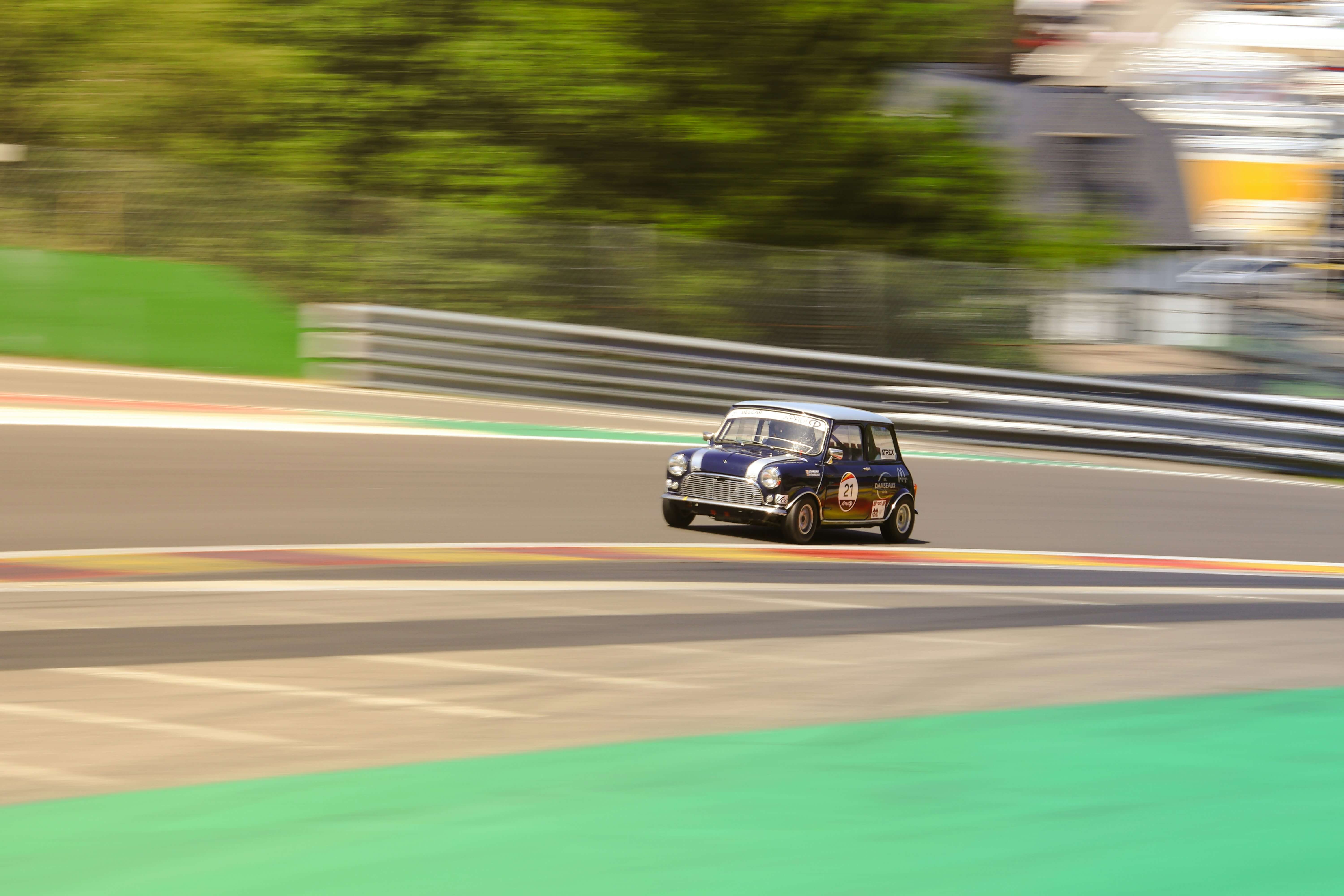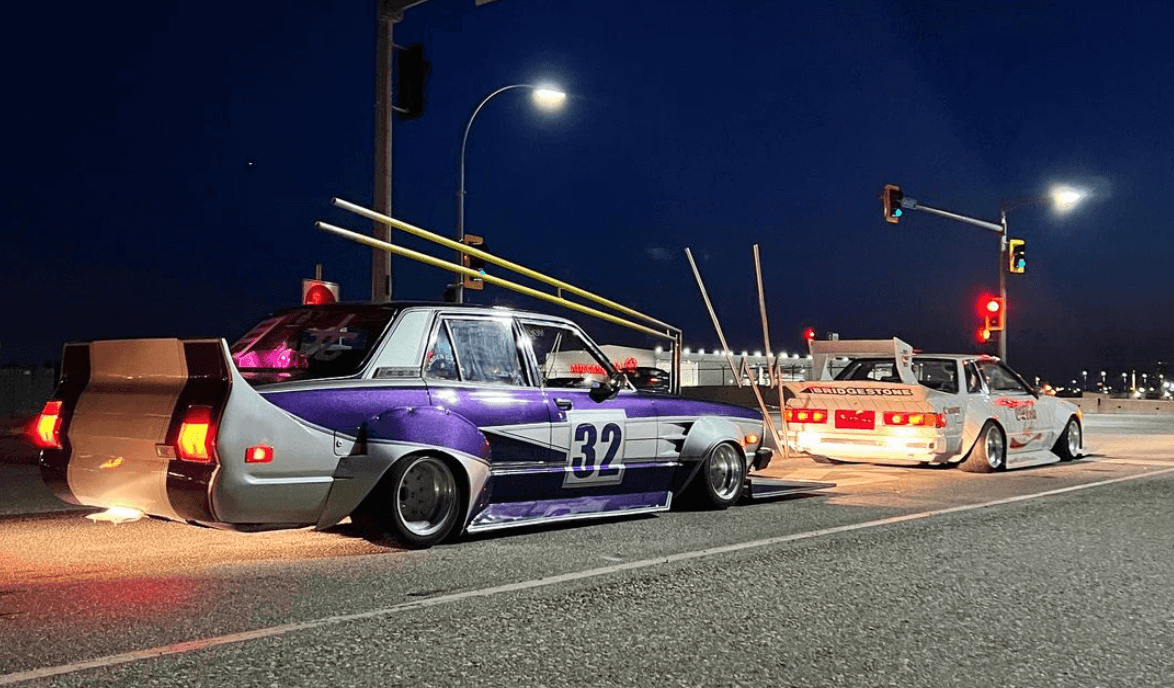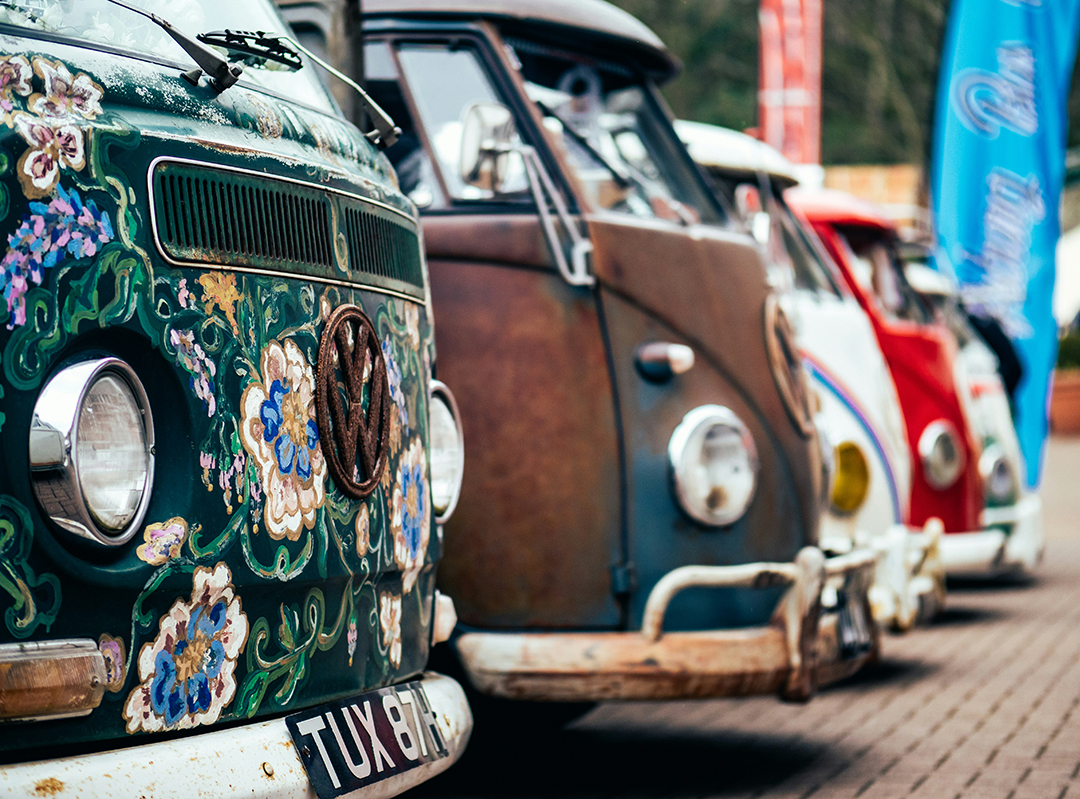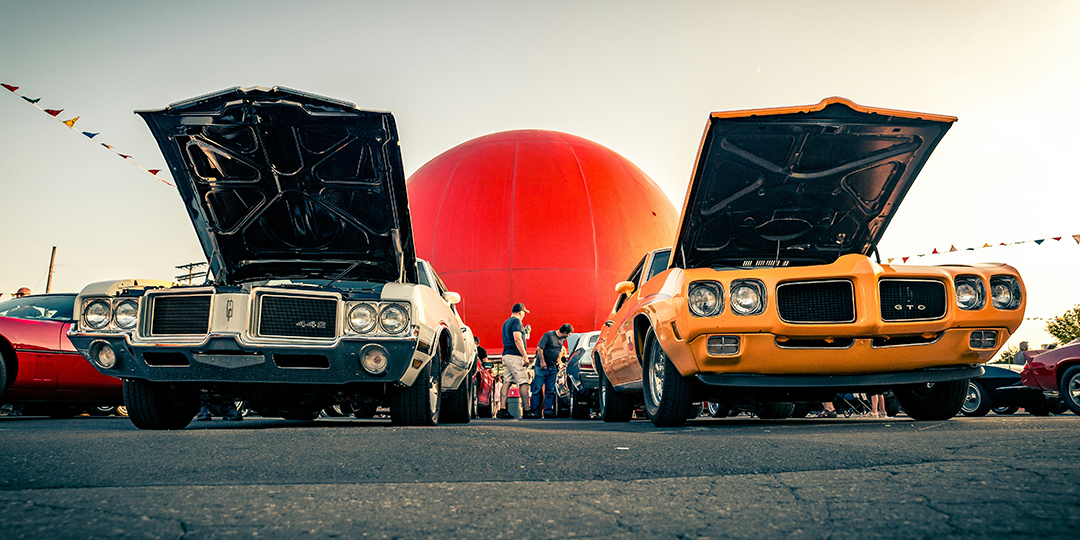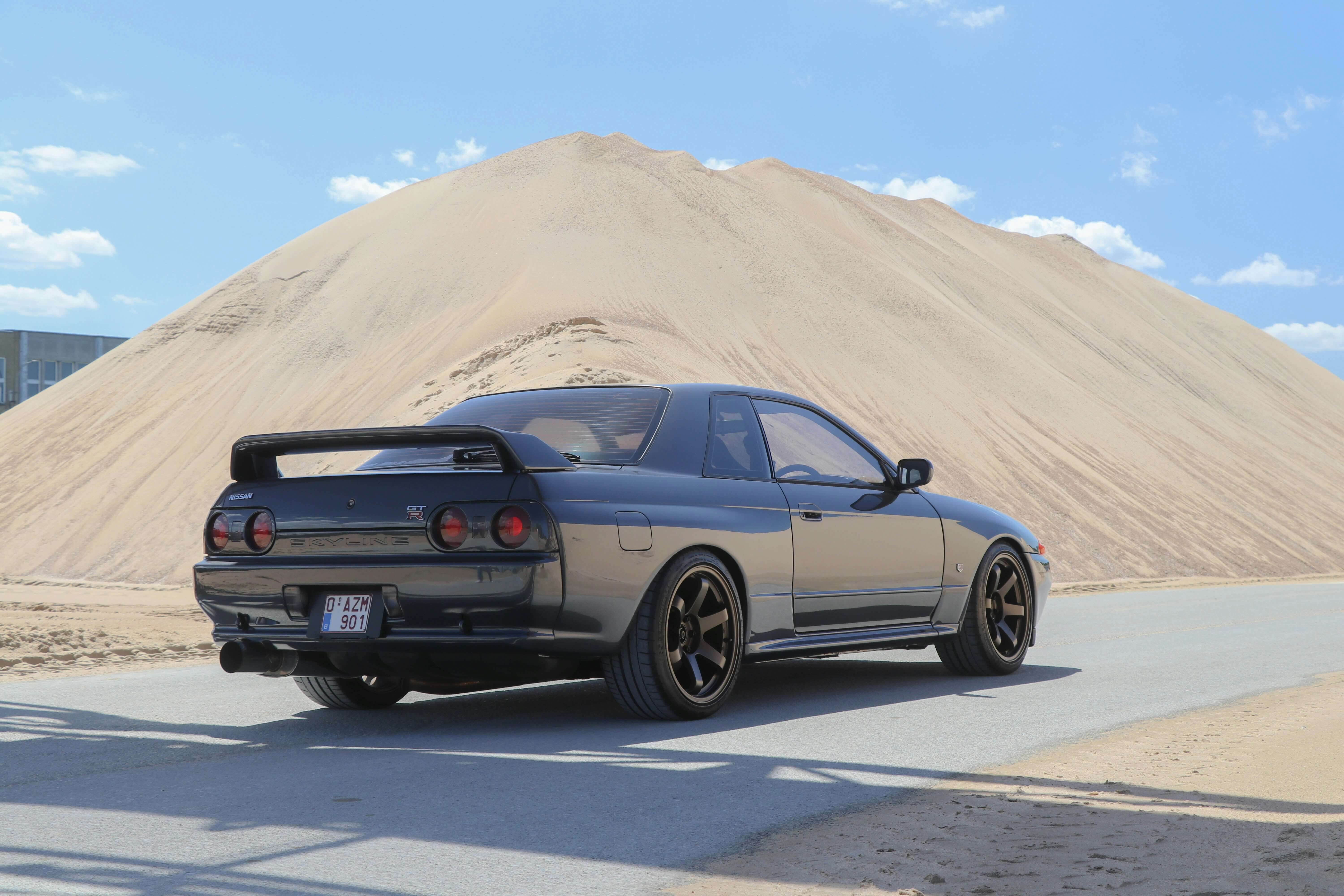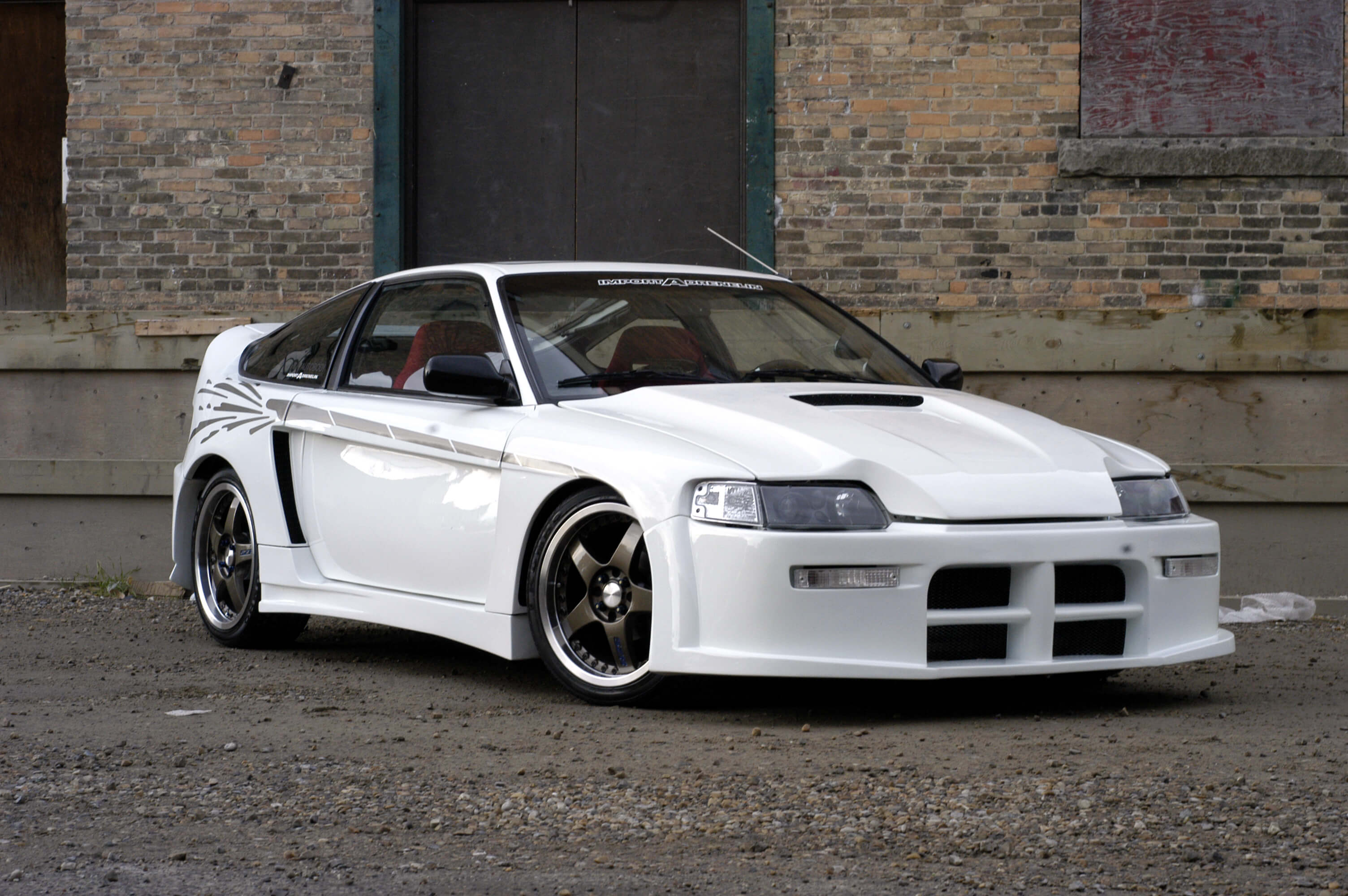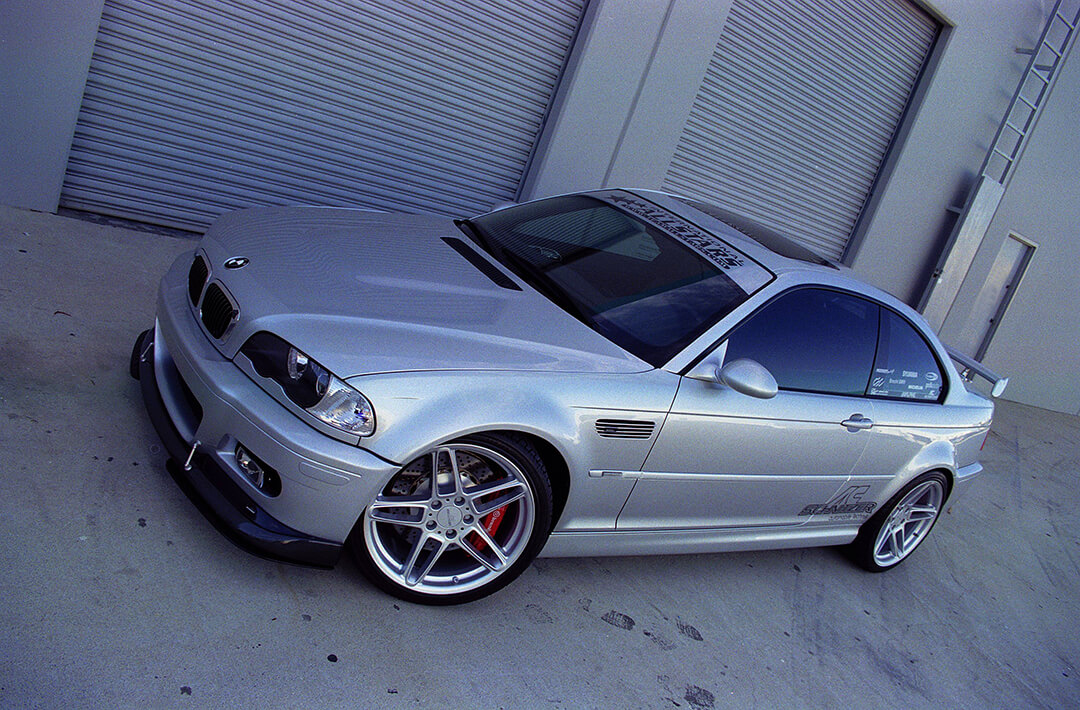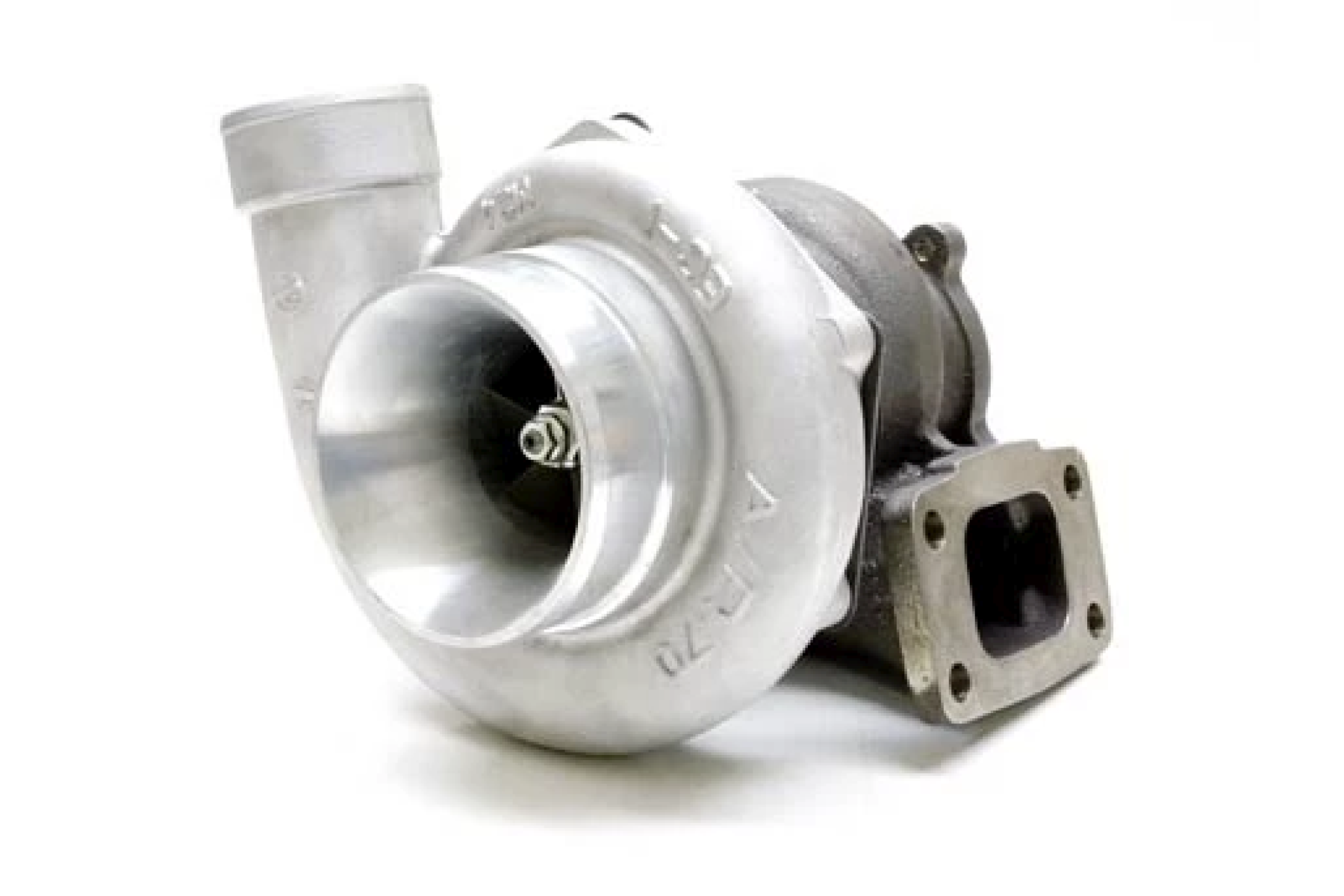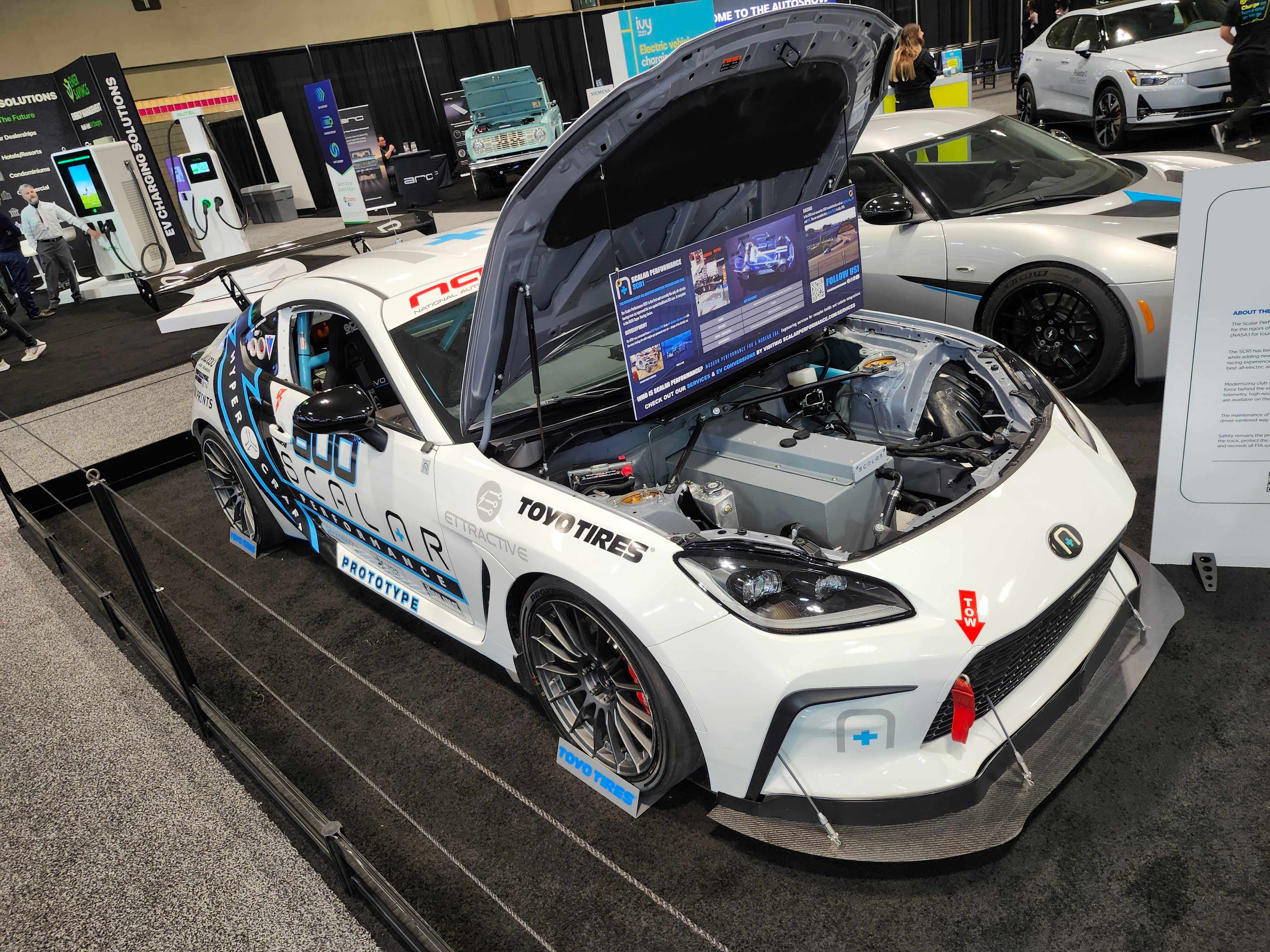Modifying a car has always been about more than just altering a vehicle’s appearance or performance. It's part cultural movement, part statement of individuality, and part of an ongoing relationship between enthusiasts and the machines they've been drawn to for any number of reasons. The history of car modifications is rich and varied, reflecting technological advancements, tastes that changed with the times, and the unyielding human desire to improve what we have. We wanted to break down the eras of modification that brought us to the place we are at now, starting from the very beginning.
The Birth of Hot Rodding
The first known roots of car modification can be traced back to the early 20th century. In the 1920s and 1930s, young American enthusiasts began stripping down their Model T Fords to make them lighter and faster. These early "hot rodders" were driven by a desire for speed, and an inquisitive passion for mechanical ingenuity - that, or they were good old fashioned bootleggers of the prohibition era looking to evade the long arm of the law with faster acceleration, higher top speeds, and better handling. They often scavenged parts from junkyards, giving birth to a do-it-yourself tinkerer's ethos that still permeates car culture today. We owe a lot to the ingenuity of yesterday's outlaws.
The Salt Flats
The first organized hot rod event at Bonneville was held in 1938, marking the beginning of a long-standing tradition that continues to this day. During this era, the Bonneville Salt Flats in Utah became a hotspot for speed enthusiasts. The flat, expansive terrain was perfect for testing the limits of modified vehicles when the streets weren't considered a safe testing ground for new and improved top speeds - and stability at those speeds. The race was on to be "the fastest" on the flats. Back then, no one could imagine the speeds that would be reocrded on those salt flats today.
The Post-War Boom
The post-World War II era marked a significant turning point in the extent of available car modifications. Soldiers returning from the war effort came back home with newfound mechanical skills and a penchant for innovation. The advent of hot rod magazines in the late 1940s turned local garage projects into national phenomena. Word was starting to get around, and a once niche sect of American culture began to reach the mainstream. Enthusiasts began to form clubs and organizations, creating a sense of community and shared identity that transcended regional boundaries. NASCAR was off and running in stock cars before the 1950s came around. The explosion of car culture at this time also led to the creation of the NHRA in 1951, as these new enthusiasts demanded new ways to prove their mettle (and metal) in competition with other builders. Motorsport was up and running across America.
The 1950s and 1960s saw the rise of custom car culture, with icons like Ed “Big Daddy” Roth and George Barris leading the charge into what would turn into the car scene we know and love today. These pioneers transformed cars into rolling works of art, experimenting with radical body modifications, wild paint jobs, and engine transplants. Custom car shows like the Grand National Roadster Show and the Detroit Autorama became major events, showcasing the creativity and craftsmanship of builders from across the country. These shows not only highlighted individual builds for attendees in awe, but also set trends and inspired future projects for builders and would-be fabricators. Mexican-American youth in the California area began building low-riders - the antitheses to the popular fast builds in America at the time. These style icons were made to go low and slow.
Across the pond, the post-war Europeans were modifying their vehicles to compete in rally and touring car events. BMW, Mercedes, Porsche, and even Fiat became popular platforms for would-be enthusiasts, as powerful engines and nimble handling were in high demand by this time. The British Touring Car Championship was launched in 1958, making it one of the oldest motorsports championships in the world.
In Japan, the nation was finally recovering from the devastation of World War II, and car ownership became increasingly accessible, marking the beginning of Japan's love affair with cars. Evidently inspired by the influence of American hot rod culture, enthusiasts in Japan began enhancing their vehicles' performance and style as they saw fit, developing their own unique style. It wouldn't be long before Japanese enthusiasts invented drifting as we know it today.
The 1960s-1970s & The Snowball Effect
The late 1960s and early 1970s heralded the muscle car era, a time when American manufacturers themselves embraced the ethos of performance and power that was influenced by the hot rodders and early builders before the OEMs got in on the fun. Cars like the Ford Mustang, Chevrolet Camaro, Dodge Challenger, and Pontiac GTO came straight from the factory with high-performance engines and aggressive styling. Even with power and performance on tap at the turn of a key from the showroom, this didn’t dampen the modification culture; instead, it fueled it. Enthusiasts pushed the boundaries of these machines, seeking to extract every ounce of horsepower available, and fine-tune their handling capabilities.
In Europe, the '60s ushered in something completely different: The era of the Mini. The Mini's compact nature and relatively simple mechanics inspired a shockwave of modification throughout Europe. During this time, the racing pedigree of Minis was firmly established, with nearly uncountable wins and accolades in motorsport. The simplest amount of modification for extra power or better handling proved to pay off in spades when it came to smaller cars. Touring Car Racing also experienced exponential growth, as the influence of American racing culture and motorsport combined with the allure of European racing to reach critical mass. This led to DIY enthusiasts taking inspiration from the racecars of the time and implementing similar modifications at home. Lower suspension, racing wheels, and of course, lots of stickers.
While the Americans and the Europeans were focused on going as fast as possible by making as much horsepower as they could, some Japanese enthusiasts had discovered something they considered far more entertaining: Drifting. While its origins can be debated (Ferrari driver, Tazio Nuvolari being credited as the inventor of the 4-wheel drift, or Stirling Moss steering with the accelerator pedal through corners, for example), it was Famous motorcyclist turned driver Kunimitsu Takahashi who is said to have pioneered many of the drifting techniques we know and love today.
An awesome example of modern Kaido Racer style courtesy of @moonlightrunners
This era in Japan also gave rise to the Bosozoku - roving gangs of street bike hooligans, who soon found themselves styling cars the same way they did their customized bikes. Giant exhaust pipes, wild and wide body kits which included long front splitters, insane paint jobs akin to American low-riders, and loud exhausts are hallmarks of the seemingly lawless Kaido Racer - a term coined by Japanese car magazine, Holiday Auto, nearly a full decade later. Modifications in this style were usually less about performance, and more about making a bold visual statement. While it represented a relatively niche subsect of automotive culture, Kaido Racers and similar builds of the era still influence the automotive world today. The term "Shakotan" literally translates to "low car," generally referring to slammed cars with low-offset wheels and stretched tires. This movement birthed many automotive styles of today.
The wild and extreme was a constant theme across the world in the '70s when it came to modifying vehicles. Visions of porthole windows, shag carpets, and incredible flake-filled airbrushed paint jobs on big panels come to mind when we think of the custom van culture that emerged around this time. The wide availability of cars with powerful V8s also had American enthusiasts cramming big V8 engines into anything it would fit into. The ability to "tune" a carburetor became more widespread, and DIY modification became more mainstream, at least within the enthusiast niche. For the next couple decades, altering air intake volume and air/fuel ratios would be the only way to reliably add gobs of power to an engine.
The aftermarket industry experienced significant growth during this period. Companies specializing in performance parts, accessories, and all-in-one kits emerged, making it easier for car enthusiasts to modify their vehicles. Aftermarket upgrades for parts like carburetors, exhaust systems, camshafts, and suspension components were now readily available, offering a wide range of performance enhancements for any DIY builders or shops that chose to specialize in upgrading customer vehicles. SEMA began in 1967, and would grow continuously from this point onward.
The boom of available modifications and vehicle platforms led to an explosive growth in car culture as a whole during this time. The appearance of car shows and competitions increased with rapid frequency, and the demand for more and more motorsports events was uncontainable. Countless subsects of car culture emerged from this era, from dedicated dragsters on the street, big-wheel box Chevy "Donks" of the American south, wacky and wild custom built hot rods, and so much more. Low-riders, which began showing up earlier in the '40s and '50s, took a leap in quality, style, and presence in the automotive scene. An unstoppable force had been unleashed on the world, and this genie was never going back in the bottle.
1980s-1990s: Enter The Import Tuners
The 1980s and 1990s introduced a new dimension to car modifications with the rise of the import scene. Japanese cars like the Hondas, Toyotas, and Nissans became harbingers of the iconic platforms of choice for a new generation of enthusiasts across the world. Civics, Supras, Celicas, Skylines, 240sx, and more took hold of enthusiasts who could look past their small exteriors - especially those who already knew how the Minis of Europe performed with some slight modification. The import tuning scene was characterized by a focus on balance and precision, often emphasizing suspension upgrades, turbocharging, and aesthetic modifications inspired by motorsport.
JDM fever was in full effect by the mid-90s, with drifting starting to catch on in the Western world. By then, Japanese automakers were releasing vehicles so ahead of the curve that they still hold up as potent vehicles today, even in their factory forms - granted, you'll be hard pressed to find any that haven't been modified in some way. At this time, drifting was in full swing (no pun intended) around Japan, be it at the raceways or on mountain roads in the middle of the night, and the circuit racing scene in Japan was booming. The Japanese aftermarket grew exponentially over this time period, cementing brands we know and love today as figureheads of performance and style.
Video games, movies, and magazines all took notice of the potent possibilities of the Japanese compact sports cars, dubbed "import tuners" or "tuner cars" by many. Movies like The Fast and the Furious brought mainstream attention to the import scene in the early 2000s, showcasing the blend of style and performance that defined this era. The impact was global, and the flood gates were officially open, with car culture crossing borders and influencing enthusiasts around the world. Amid international influence, modifications became borderline ridiculous, giving birth to some of the most wild and wacky body kits the world had ever seen, with car audio playing a huge role in shaping modifications.
Around this same time, Europeans were witnessing the rise of the German tuning scene, with companies like Brabus, AMG, AC Schnitzer and more pushing the envelope on the blend of performance and luxury. The compact VW Golf also became a prime choice for enthusiasts influenced by the rise of modifying compact cars in the wake of import tuner culture's widespread influence. Around this time, European "boy racer" culture also emerged, with young enthusiasts causing mayhem on their local streets in slammed and modified versions of locally available and affordable cars like the Ford Focus or Vauxhalls.
Garrett launched turbocharging for motorsport application into the stratosphere when they released their first ever ball-bearing turbo in 1993, and subsequently showed off its prowess at Le Mans 24 Hours. Turbocharging small engines became all the rage by the late '90s, when high-flowing aftermarket fuel injection became more readily available. Gone were the days of relying on turning up fuel pressure alone - now enthusiasts could really turn up the jam with added fuel and air. Those who were smart about it also got busy with ECU chips, reflashes, and even piggyback control systems. Anything to stop the factory ECU from lighting up the dashboard and throwing a fit before sending a car into limp mode.
The Digital Age
As we moved into the 21st century, the digital revolution began to influence how cars were built, which consequently influenced car modifications. Advanced tuning software, much more complex ECUs that needed to be jailbroken or unlocked, and electronically controlled drivetrains changed the game. Luckily for would-be DIY tuners, a wealth of online resources made it easier than ever for enthusiasts to optimize their vehicles with some technical know-how. The ability to unlock the full tuning potential of a factory engine by accessing its ECU for a re-map introduced some serious horsepower wars when the automotive aftermarket caught up. While four-digit horsepower was once a pipe dream for most street cars, it's nearly become a baseline for what some enthusiasts consider "fast" for any car.
The rise of social media has also transformed the scene as we know it, allowing enthusiasts to share their builds, exchange knowledge, and draw inspiration from a global community faster than ever before. No longer limited by whichever magazines and TV shows were locally available, the flood gates around the world have been opened to endless possibilities and access to aftermarket upgrades. Excessive camber and bolt-on widebody kits with exposed hardware and big wheels had a prolonged moment in the spotlight due to the attention they garnered, for better or for worse. The importance placed on aftermarket wheels is higher than ever, and the conversation about replica parts occurs with increasing frequency.
What's Next?
Eco-friendly modifications and electric vehicle tuning are emerging trends today, reflecting a broader societal shift towards sustainability. Enthusiasts are now exploring ways to enhance the performance and aesthetics of electric cars, ensuring that the spirit of tinkering and modification adapts to the evolving automotive landscape. As the tuning of EVs and hybrid-electric vehicles expands, we hope to see the same spirit of hot rodding take hold in any new subsect of car culture that it births.
The history of car modifications as we know them is a testament to human creativity, ingenuity, and our enduring passion for cars. From the early hot rodders of the 1920s to the digital tuners of today, each generation has left its own unique mark on the culture as a whole. As technology and tastes continue to evolve, so too will the ways in which we modify our cars, ensuring that this rich and vibrant tradition remains an integral part of the automotive world. Wherever we go from here, we're guaranteed to push the boundaries of what is possible. We'll do our part to keep the hot rodder spirit alive.
Related Articles
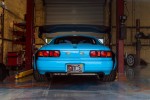 Still Got It: A V6-Swapped MR2 Too Special To Relinquish
Still Got It: A V6-Swapped MR2 Too Special To Relinquish
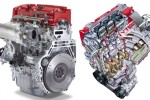 K-Swaps 101: Why the K-Series is More Popular Than Ever
K-Swaps 101: Why the K-Series is More Popular Than Ever
 21st Century Mid-Night: Austin Barnett's 1976 Porsche 911
21st Century Mid-Night: Austin Barnett's 1976 Porsche 911
 Unleashing The Dragon: Jimmy Tu's R35 GT-R
Unleashing The Dragon: Jimmy Tu's R35 GT-R
 Swiss Army Knife: Joshua Stubstad's 1993 Toyota Supra
Swiss Army Knife: Joshua Stubstad's 1993 Toyota Supra
 Laekoi: Beefy Clanton's Unicorn 2017 Lexus RC F
Laekoi: Beefy Clanton's Unicorn 2017 Lexus RC F


